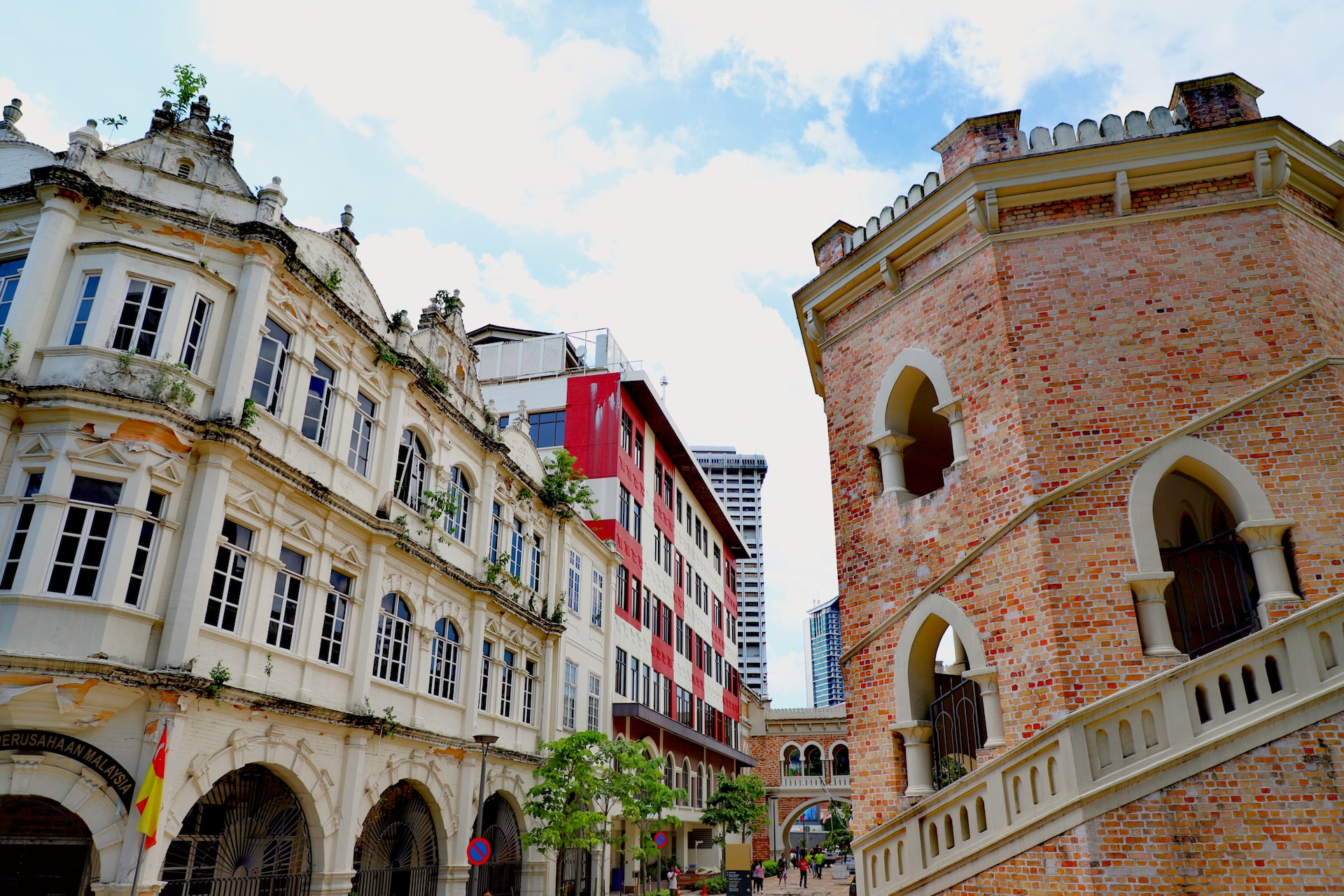Kuching museums are a great way to learn about the history and culture of Sarawak, the state in which Kuching is located. There are several popular museums in Kuching that are worth visiting, each with their own unique collection of art and artifacts. In this article, we will take a closer look at each of these museums and provide information on the types of art and artifacts on display, special exhibitions, history and background, and availability of guided tours.
1. Sarawak Museum
The Sarawak Museum is the oldest museum in Borneo and is considered one of the most important in Southeast Asia. It was established in 1891 by the second White Rajah of Sarawak, Charles Brooke, and has a collection of over 1.5 million items. The museum is divided into several galleries, each focusing on a different aspect of Sarawak’s history and culture.
Types of Art and Artifacts on Display
The museum has a wide variety of exhibits, including natural history, ethnography, archaeology, and numismatics. Some of the notable items on display include a skull of the Borneo elephant, a collection of traditional weapons, and a variety of textiles and basketry.
Special Exhibitions
The museum regularly hosts special exhibitions, showcasing a variety of topics such as traditional arts and crafts, contemporary art, and special collections.
History and Background
The Sarawak Museum was established by Charles Brooke, the second White Rajah of Sarawak, as a way to document and preserve the diverse cultures and natural resources of the state. It was first housed in a small wooden building, but over the years it has grown to become one of the most important museums in Southeast Asia.
Availability of Guided Tours
Guided tours are available for visitors to the museum, and are a great way to learn more about the exhibits and the history of Sarawak. Tour guides are knowledgeable and can provide detailed information on the various items on display.
2. Chinese History Museum
The Chinese History Museum is located in Kuching’s Chinatown and is dedicated to the history and culture of the Chinese community in Sarawak. It was established in 1996 and has a collection of over 10,000 items.
Types of Art and Artifacts on Display
The museum has a wide variety of exhibits, including traditional Chinese art and artifacts, historical documents, and photographs. Some of the notable items on display include traditional Chinese ceramics, calligraphy, and a replica of a traditional Chinese opium den.
Special Exhibitions
The museum regularly hosts special exhibitions, showcasing a variety of topics such as traditional Chinese festivals, Chinese medicine, and the history of the Chinese community in Sarawak.
History and Background
The Chinese History Museum was established in 1996 as a way to document and preserve the history and culture of the Chinese community in Sarawak. It is located in Kuching’s Chinatown, and is a popular tourist attraction for visitors interested in learning more about the Chinese community in Sarawak.
Availability of Guided Tours
Guided tours are available for visitors to the museum, and are a great way to learn more about the exhibits and the history of the Chinese community in Sarawak. Tour guides are knowledgeable and can provide detailed information on the various itemson display.
3. Islamic Heritage Museum
The Islamic Heritage Museum is located in Kuching and is dedicated to the history and culture of the Islamic community in Sarawak. It was established in 1999 and has a collection of over 5,000 items.
Types of Art and Artifacts on Display
The museum has a wide variety of exhibits, including traditional Islamic art and artifacts, historical documents, and photographs. Some of the notable items on display include traditional Islamic calligraphy, ceramics, and textiles.
Special Exhibitions
The museum regularly hosts special exhibitions, showcasing a variety of topics such as traditional Islamic festivals, Islamic architecture, and the history of the Islamic community in Sarawak.
History and Background
The Islamic Heritage Museum was established in 1999 as a way to document and preserve the history and culture of the Islamic community in Sarawak. It is located in Kuching and is a popular tourist attraction for visitors interested in learning more about the Islamic community in Sarawak.
Availability of Guided Tours
Guided tours are available for visitors to the museum, and are a great way to learn more about the exhibits and the history of the Islamic community in Sarawak. Tour guides are knowledgeable and can provide detailed information on the various items on display.
4. Textile Museum
The Textile Museum is located in Kuching and is dedicated to the traditional textiles of Sarawak and the surrounding region. It was established in 1991 and has a collection of over 1,000 items.
Types of Art and Artifacts on Display
The museum has a wide variety of exhibits, including traditional textiles, clothing, and accessories. Some of the notable items on display include traditional Sarawakian Songket, Pua Kumbu, and beadwork.
Special Exhibitions
The museum regularly hosts special exhibitions, showcasing a variety of topics such as traditional textile techniques, textile conservation, and the history of textiles in Sarawak.
History and Background
The Textile Museum was established in 1991 as a way to document and preserve the traditional textiles of Sarawak and the surrounding region. It is located in Kuching and is a popular tourist attraction for visitors interested in learning more about the textiles of Sarawak.
Availability of Guided Tours
Guided tours are available for visitors to the museum, and are a great way to learn more about the exhibits and the history of textiles in Sarawak. Tour guides are knowledgeable and can provide detailed information on the various items on display.
In conclusion, Kuching museums offer a wealth of knowledge and insight into the history and culture of Sarawak. Each of the museums mentioned in this article is unique and offers a different perspective on the state. Whether you are interested in natural history, traditional arts and crafts, or the history of a specific community, there is something for everyone to enjoy at Kuching’s museums.



